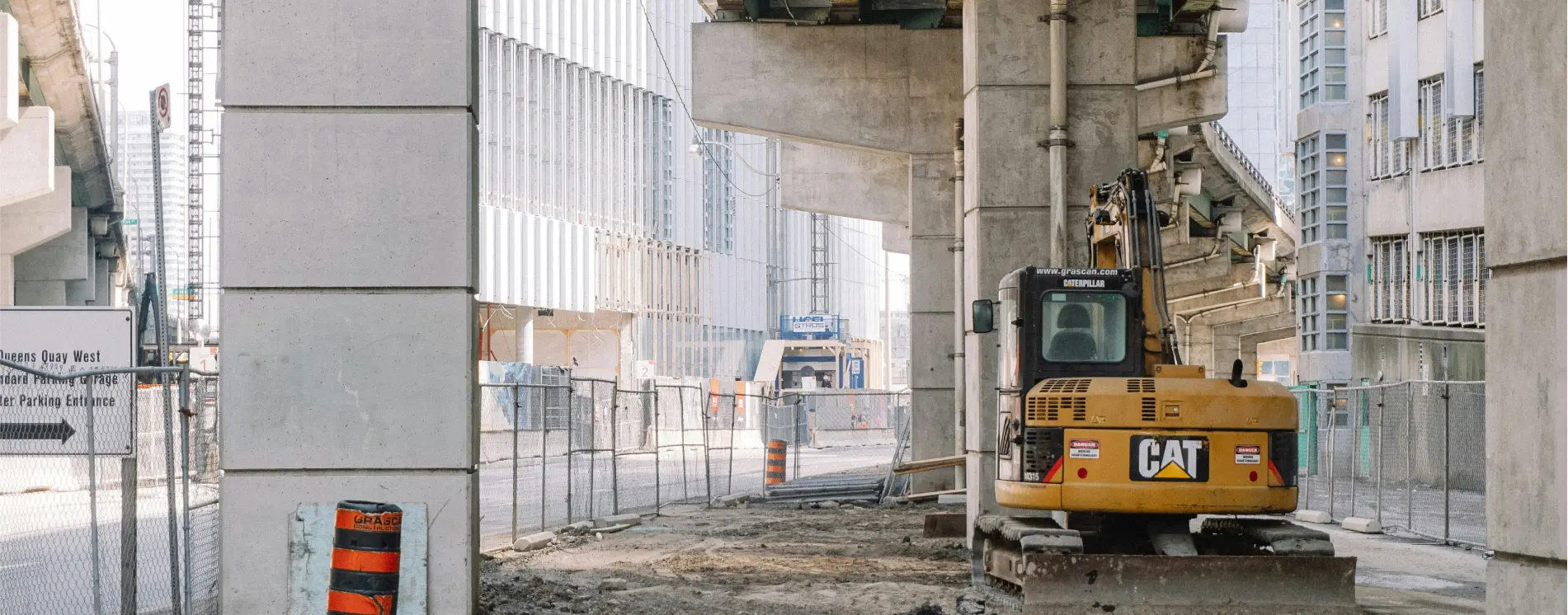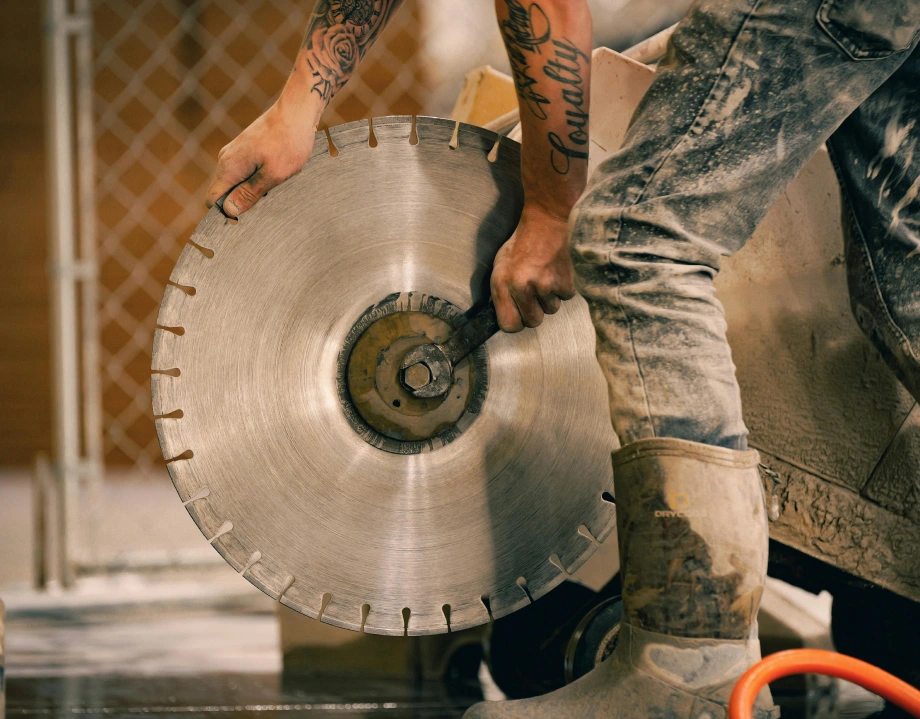

Every builder knows the feeling — jobs stack up, paperwork piles high, and everyone’s working hard but still falling behind. The first instinct? Hire more people.
But more people often means more chaos. What most companies actually need isn’t another hire — it’s a better system.
Construction firms are built on grit. That mindset gets projects over the finish line, but it often hides inefficiencies that bleed time and money.
When workflows live in someone’s head, when change orders sit in email threads, when approvals get buried in texts — you’re paying for the same hour twice.
And in an industry where margins are tight, that inefficiency compounds fast.
It usually begins in one of three places:
That’s not a people problem. It’s a system problem.
Before automating anything, map what’s really happening today.
Document who touches what, where data moves, and where the bottlenecks live. Then look for repeatable steps — quotes, submittals, client updates — and connect them.
Automation works best when you simplify first and connect second.
When your tools are linked and your team works from one source of truth, everything changes:
That’s the real ROI of system design — peace of mind that your business can run without you watching every line item.
Your business doesn’t need more hands — it needs a heartbeat.
And that heartbeat comes from systems that make work flow, not pile up.
→ Ready to see where your time’s leaking?
Start with an Audit & Roadmap. We’ll map your processes and show you what better looks like. Schedule a free consultation today.


.png)
Every builder knows the feeling — jobs stack up, paperwork piles high, and everyone’s working hard but still falling behind. The first instinct? Hire more people.
But more people often means more chaos. What most companies actually need isn’t another hire — it’s a better system.
Construction firms are built on grit. That mindset gets projects over the finish line, but it often hides inefficiencies that bleed time and money.
When workflows live in someone’s head, when change orders sit in email threads, when approvals get buried in texts — you’re paying for the same hour twice.
And in an industry where margins are tight, that inefficiency compounds fast.
It usually begins in one of three places:
That’s not a people problem. It’s a system problem.
Before automating anything, map what’s really happening today.
Document who touches what, where data moves, and where the bottlenecks live. Then look for repeatable steps — quotes, submittals, client updates — and connect them.
Automation works best when you simplify first and connect second.
When your tools are linked and your team works from one source of truth, everything changes:
That’s the real ROI of system design — peace of mind that your business can run without you watching every line item.
Your business doesn’t need more hands — it needs a heartbeat.
And that heartbeat comes from systems that make work flow, not pile up.
→ Ready to see where your time’s leaking?
Start with an Audit & Roadmap. We’ll map your processes and show you what better looks like. Schedule a free consultation today.
